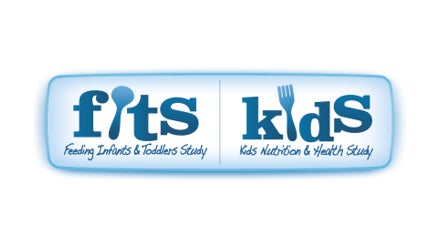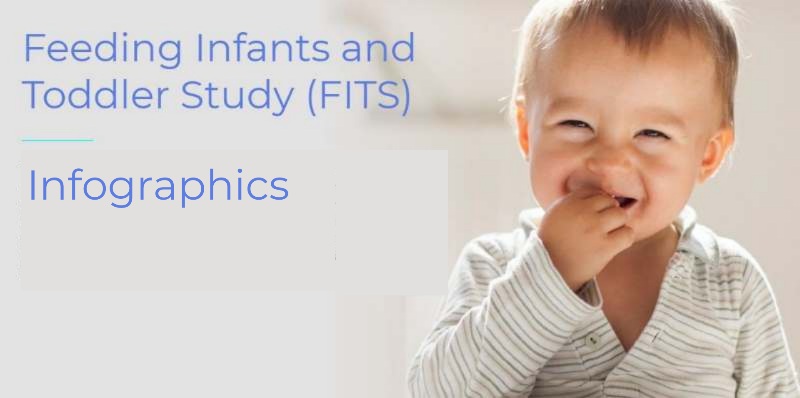Feeding Infants and Toddler Study (FITS)

The FITS (Feeding Infants and Toddlers Study) and KNHS (Kids Nutrition and Health Study) are Nestlé Research initiatives to explore eating patterns, nutrient intakes and food sources of nutrients among infants and children in different countries around the world. FITS and KNHS use data from national surveys when available, but when data are not available for age groups of interest, we collect our own large-scale cross-sectional surveys.


FITS and KNHS use 24-h recalls to assess individual-level dietary intakes for children birth to 12 years old

FITS was first initiated in 2002 and has since grown to include 9 countries, and over 20,000 infants and toddlers

Nestlé Research-sponsored studies have been conducted in Brazil, China, Nigeria, United Arab Emirates and the United States

Research collaborations allowed access to national surveys from Australia, China, Mexico, the Philippines and Russia

Trends in dietary intake patterns have been evaluated in Australia, China and the US

Since the initial FITS in 2002, about 90 articles and nearly 100 collaborators have been published from the FITS and KNHS
























